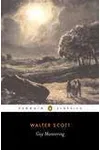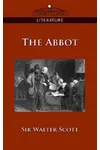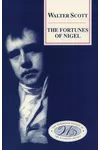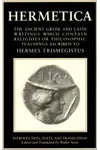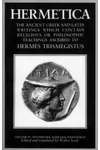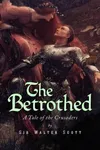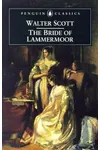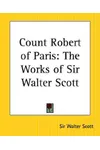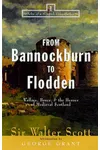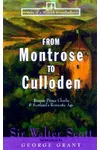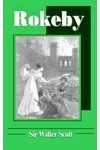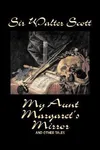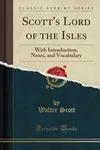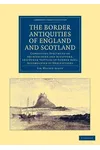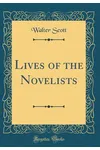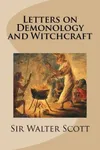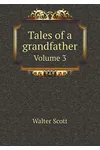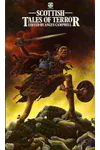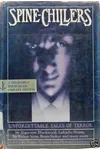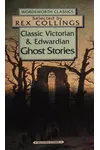Picture a kilted Scottish bard spinning tales of knights, clans, and rugged highlands—meet Sir Walter Scott, the 19th-century literary giant who made historical fiction a global obsession! With his Waverley novels, Scott didn’t just write stories; he revived Scotland’s past, blending romance, adventure, and national pride. His life, marked by legal savvy, financial turmoil, and relentless creativity, is as gripping as his books.
The Making of Sir Walter Scott
Born on August 15, 1771, in Edinburgh, Scott grew up in a bustling city steeped in history. A childhood bout with polio left him with a limp, but it fueled his love for books and folklore. Trained as a lawyer, he juggled courtrooms with collecting ballads, his passion for Scotland’s oral traditions shaping his future. By his 20s, Scott was publishing poetry, earning fame with works like The Lay of the Last Minstrel.
Sir Walter Scott’s Unforgettable Stories
Scott’s leap to novels came with Waverley (1814), a tale of the 1745 Jacobite uprising that birthed the historical fiction genre. His vivid characters and meticulous research made history leap off the page. Ivanhoe (1819), set in medieval England, wove chivalry and romance, inspiring countless adaptations. Rob Roy (1817) celebrated Scottish grit, while The Heart of Midlothian (1818) explored justice and morality. Scott’s style—rich, accessible, and layered with dialect—captured the spirit of his era, blending adventure with cultural pride.
His secret weapon? Anonymity. Scott published as “The Author of Waverley,” letting his tales stand alone. Even after financial ruin in 1826, when a publishing crash left him drowning in debt, he churned out novels to pay it off, showcasing his iron will. His works, totaling over 30 novels and countless poems, remain timeless for their heart and historical depth.
Why Sir Walter Scott Matters
Scott didn’t just write books; he shaped Scotland’s identity, reviving interest in its culture and history. His novels inspired opera, theater, and even tourism, with landmarks like Abbotsford, his baronial home, drawing fans. Globally, he influenced writers like Dickens and Hugo, cementing historical fiction’s place in literature. Scott’s legacy endures in his ability to make the past feel alive, personal, and thrilling.
About Sir Walter Scott
- Born: August 15, 1771, Edinburgh, Scotland
- Key Works: Waverley, Ivanhoe, Rob Roy, The Heart of Midlothian
- Died: September 21, 1832
- Fun Fact: Scott’s home, Abbotsford, is a literary pilgrimage site!
Snag Ivanhoe or Waverley and dive into Scott’s swashbuckling world of Scottish lore and adventure!

